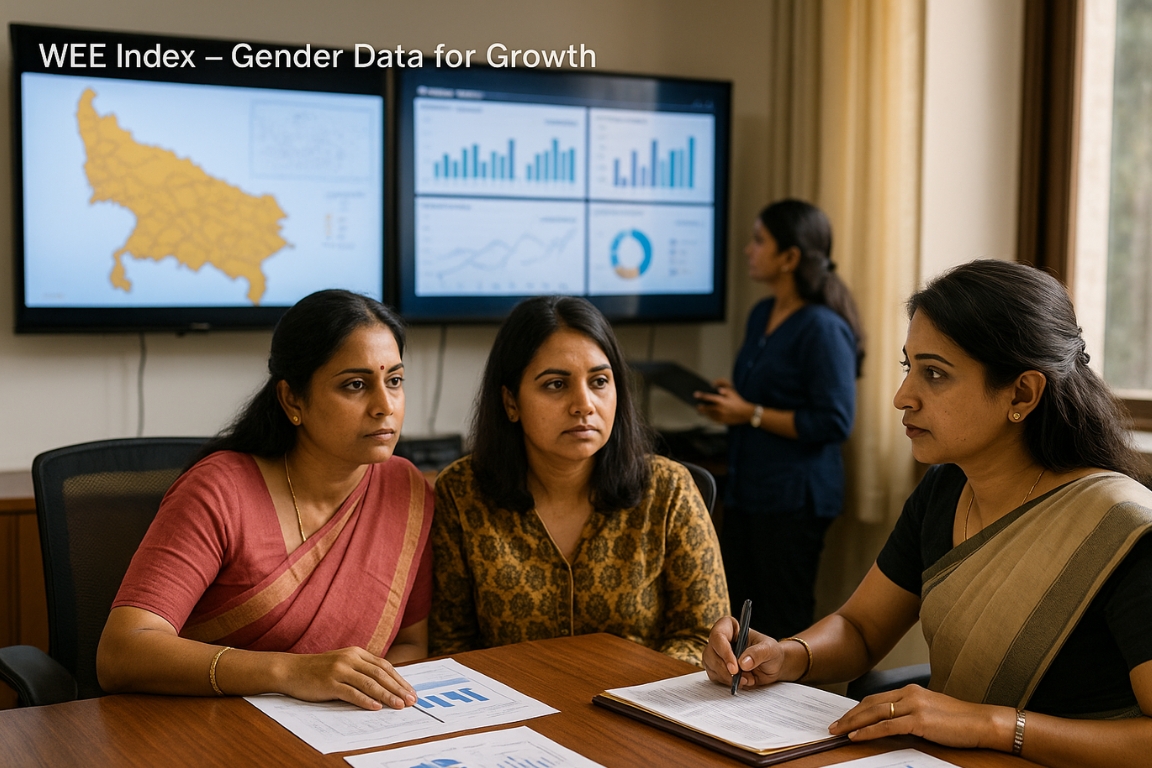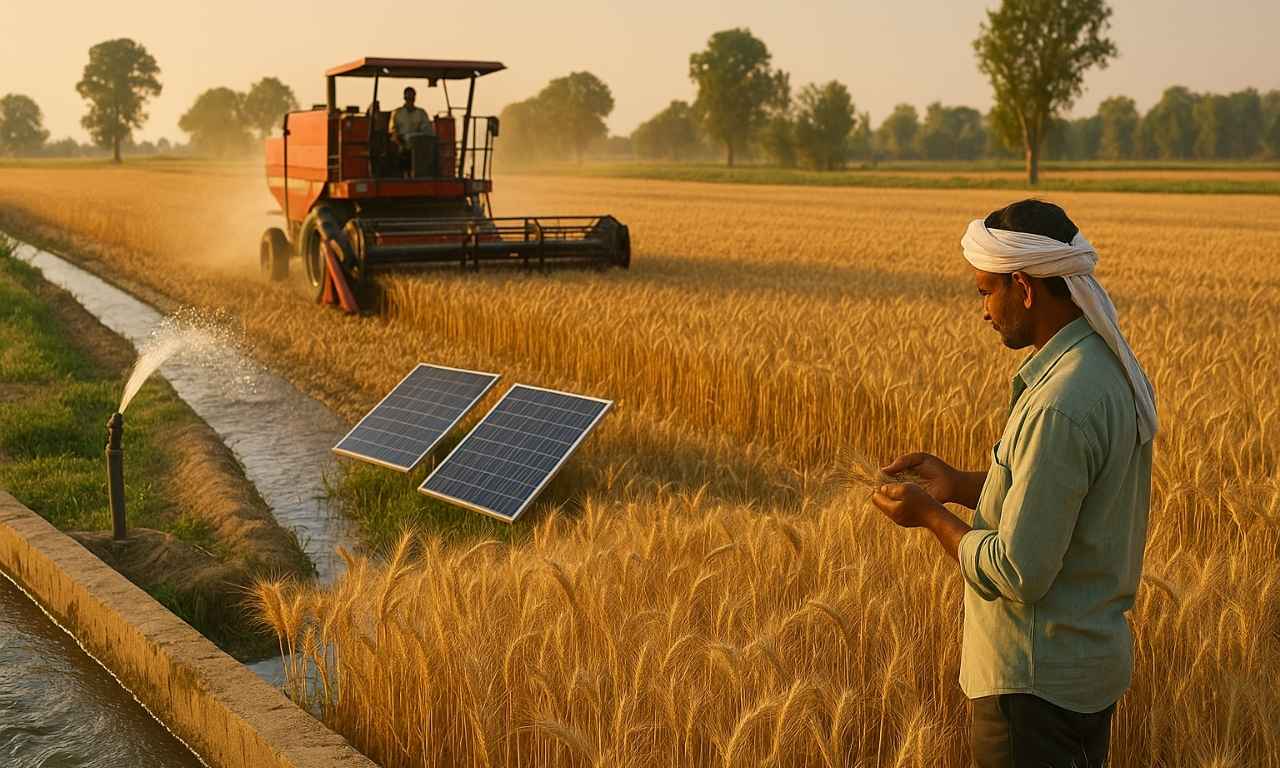Uttar Pradesh has launched the Women’s Economic Empowerment (WEE) Index, the first such initiative in India, aimed at tracking women’s role in the economy and identifying gaps in their participation across different sectors.
Background: Gender and Growth
- Women’s labour participation in India is still limited, with most employed in informal jobs.
- Lack of gender-disaggregated data means women’s contribution often goes unmeasured in policymaking.
- Nearly 196 million employable women remain outside the workforce, creating a huge untapped potential.

WEE Index – A New Initiative
- Introduced by Uttar Pradesh government as India’s first district-level tool for gender inclusion.
- Tracks women’s role across five pillars: Employment, Education and Skilling, Entrepreneurship, Livelihood & Mobility, Safety & Infrastructure
- Moves focus from just participation rates to identifying structural barriers.
- Example: Women dominate skilling programs but remain a minority among registered entrepreneurs due to lack of credit access.
Importance of Gender Data
- Without gender-specific data, gaps remain invisible and reforms stall.
- Disaggregated data helps reveal where women face dropouts – from school to work or from skilling to entrepreneurship.
- Enables targeted action, e.g., in UP’s transport sector, gender data revealed low women participation, leading to changes in recruitment and basic facilities.
Broader Reforms Needed
- Universal Gender Data – integrate gender breakdowns in all government departments (education, MSMEs, housing, transport, etc.).
- Beyond Numbers – track not only participation but also retention, leadership roles, re-entry, and quality of employment.
- Gender Budgeting – apply a gender lens across all spending, not just women-specific schemes.
- Local Government Role – empower panchayats and municipalities to collect and use gender data for district-level action plans.
Way Forward for States
- States like Andhra Pradesh, Maharashtra, Odisha, and Telangana, which have ambitious trillion-dollar economic goals, must adopt gender-based tools like the WEE Index.
- Using this framework can help design district-wise action plans, guide budget priorities, and build inclusive infrastructure.
GOVERNMENT INSTITUTIONS THAT COLLECT SDATA:
- National Statistical Office (NSO) – Conducts large-scale surveys like employment, consumption, and health data.
- NITI Aayog – Prepares reports and indices on development, SDGs, health, education, and social indicators.
- Reserve Bank of India (RBI) – Publishes economic, banking, inflation, and financial stability data.
- Census of India (Registrar General & Census Commissioner) – Collects demographic and socio-economic data through the national Census.
- Labour Bureau – Provides data on employment, wages, and labour conditions.
Conclusion
India’s gender gap is not new, but the response must evolve. Tools like the WEE Index make visible the barriers women face and can help move them from the margins to the mainstream. For India to achieve its $30 trillion dream, inclusive growth backed by better gender data is essential.





